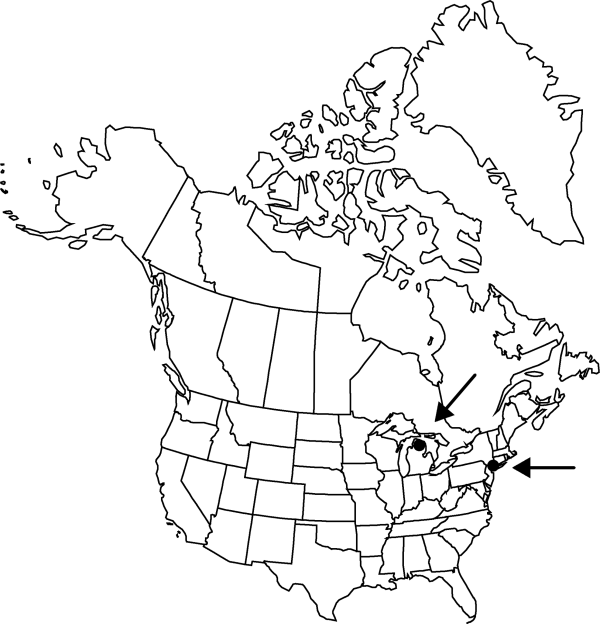Difference between revisions of "Dysphania aristata"
Ukrayins’k. Bot. Zhurn., n. s. 59: 383. 2002.
FNA>Volume Importer |
FNA>Volume Importer |
||
| Line 7: | Line 7: | ||
|year=2002 | |year=2002 | ||
}} | }} | ||
| − | |basionyms={{Treatment/ID/ | + | |basionyms={{Treatment/ID/Basionym |
|name=Chenopodium aristatum | |name=Chenopodium aristatum | ||
|authority=Linnaeus | |authority=Linnaeus | ||
| + | |publication_title=Sp. P l. | ||
| + | |publication_place=1: 221. 1753 | ||
}} | }} | ||
|synonyms= | |synonyms= | ||
| Line 50: | Line 52: | ||
|publication year=2002 | |publication year=2002 | ||
|special status= | |special status= | ||
| − | |source xml=https://jpend@bitbucket.org/aafc-mbb/fna-data-curation.git/src/ | + | |source xml=https://jpend@bitbucket.org/aafc-mbb/fna-data-curation.git/src/f6b125a955440c0872999024f038d74684f65921/coarse_grained_fna_xml/V4/V4_500.xml |
|genus=Dysphania | |genus=Dysphania | ||
|section=Dysphania sect. Botryoides | |section=Dysphania sect. Botryoides | ||
Revision as of 20:01, 24 September 2019
Stems erect, [very bushy-branched] profusely branched from base to ± simple, [0.4–]0.7–2.5[–5] dm, glabrous or with scattered inflated hairs and uniseriate nonglandular trichomes, especially towards base. Leaves non-aromatic; petiole to 0.4 mm; blade [0.8–]2.8–3.4[–4.1] × 0.1–0.3[–0.6] cm, base attenuate, margins entire (to occasionally shallowly erose-dentate), apex acute, mucronate, glabrous adaxially. Inflorescences a terminal thyrse, 2.2–4.5[–13] cm, or lax, pyramidal cymes, bearing flowers almost from base; bracts absent. Flowers: perianth segments 5, distinct nearly to base, distinct portions obovate to elliptic or ovate, with low tubercle or sometimes keeled abaxially, 0.5–0.7 × 0.3–0.4 mm, apex obtuse to subacute, glabrous, loosely covering fruit at maturity; stamens 5 (or absent in pistillate flowers in distal portion of inflorescence); stigmas 2. Achenes subglobose; pericarp adherent, membranaceous, finely granular. Seeds subglobose, 0.5–0.8 × 0.4–0.5 mm, margins rimmed; seed coat smooth.
Phenology: Fruiting late summer–fall.
Habitat: Waste areas, sandy soils
Elevation: 0-500 m
Distribution

Mich., N.Y., native to Asia, introduced in s, se Europe.
Discussion
Selected References
None.